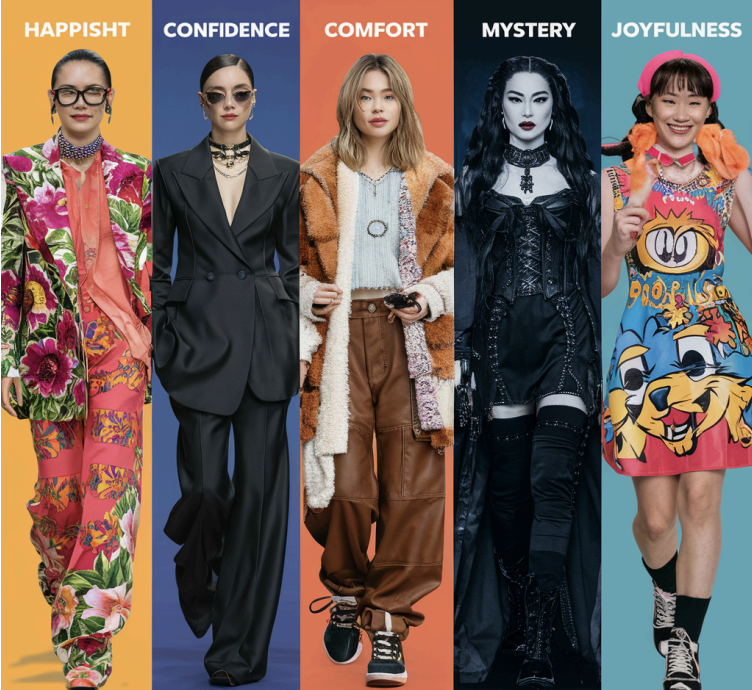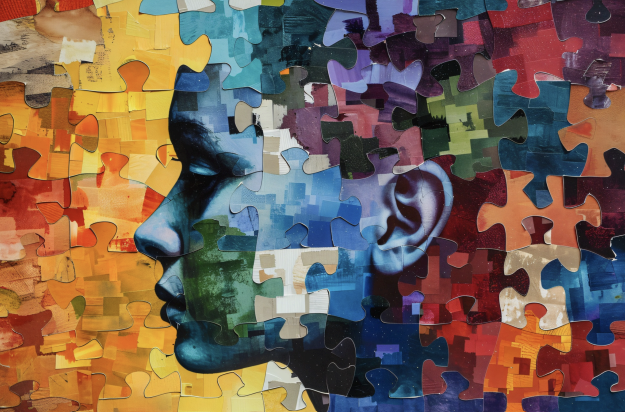“Fashion is a language. Clothes are a way we speak to the world about ourselves, without saying a word.” – Frances Ruffelle. In today’s fast-paced and ever-changing world, the way we dress often reflects our mood and personality. The clothing we choose to wear can have a significant impact on how we feel and how we present ourselves to the world. In recent years, there has been a growing interest in the relationship between clothing and mood, particularly among the current generation.

The constant stream of images and trends on social media has made younger generations hyper-aware of their appearance and how clothing shapes their identity. From streetwear’s rebellious spirit to high fashion’s polished edge, each style carries its own unique language.
Self-expression sits at the heart of this clothing-mood connection. For many, clothing is a canvas to paint who they are and how they want to be seen. Whether it’s a head-turning statement piece or a comfy, chill outfit, our attire speaks volumes. It can project confidence and empowerment, or whisper vulnerability and insecurity.

The rise of sustainable and ethical fashion reflects a growing trend among young people. They’re increasingly backing brands that prioritise eco-friendly practices and champion diversity and inclusion. This shift towards conscious consumption isn’t just about changing consumer habits; it’s about aligning values with wardrobes.
Comfort and ease have also redefined the clothing-mood equation. The younger generation is embracing casual and athleisure wear – versatile pieces that effortlessly transition from the office to a night out. This shift reflects a desire for flexibility and comfort in our fast-paced lives.
Colour psychology adds another layer to this fascinating dynamic. Different colours evoke distinct emotions and moods. Bright, bold hues can ignite confidence and creativity, while calmer tones create a sense of peace and relaxation.

The rise of gender-neutral and fluid fashion further disrupts the traditional clothing-mood narrative. Young people are rejecting rigid gender norms and embracing clothes that allow them to express their authentic selves. This shift towards inclusive and diverse styles reflects a broader cultural movement celebrating individuality.
Ultimately, the relationship between clothing and mood is a captivating interplay of various factors. From self-expression and comfort to colour and sustainability, how we dress shapes how we feel and present ourselves. For today’s generation, clothing is more than just fabric; it’s a powerful tool for communication and self-discovery. As fashion and culture continue to evolve, exploring this connection will remain a vital and fascinating aspect of our lives.
